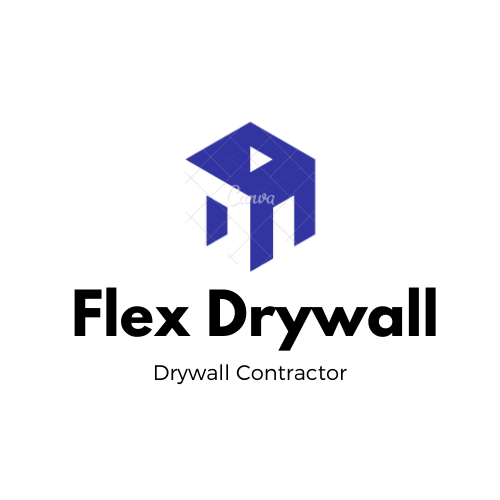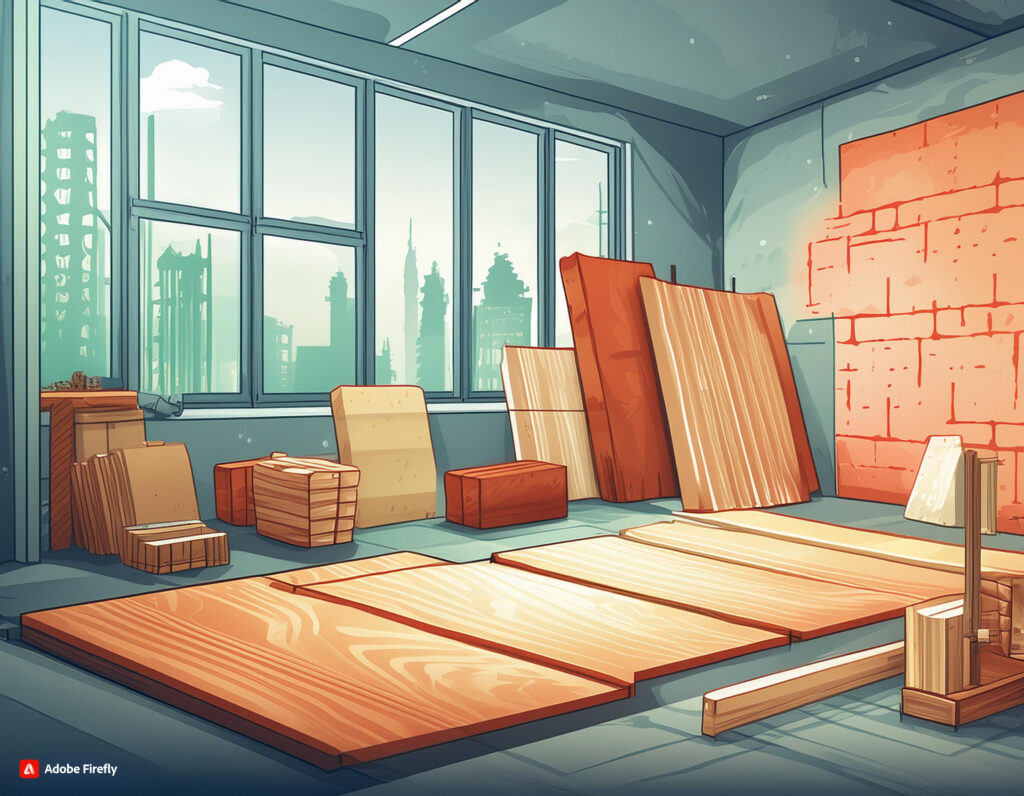According to the latest reports from the construction and remodeling sector, an estimated 42 million metric tons of drywall are manufactured and used each year in America alone. Globally, that figure more than doubles. Drywall is one of the most popular building materials currently in use because it’s affordable, durable, and easy to repair among other benefits.
Having said that, drywall isn’t the most sustainable building material on the market. Manufacturing it requires excessive amounts of energy, and the process produces substantial amounts of greenhouse gases. At the same time, more than 75 percent of the drywall used in construction ultimately ends up in landfills where it produces dangerous hydrogen sulfide gas as it decomposes. That further contributes to pollution.
Finding a More Sustainable Alternative to Drywall
With all that being the case, quite a few construction companies and homeowners are now looking for drywall alternatives. Though drywall has been the industry’s go-to alternative for more than a century, it’s slowly giving way to other materials. Many of them are far more sustainable than drywall itself, and they don’t force homeowners to sacrifice quality, durability, and longevity.
Cement Board
One of the most common materials used in place of drywall is cement board. It costs more, but it’s also more resistant to moisture than its counterpart. It’s suitable for both indoor and outdoor use, and it’s not as susceptible to mold and mildew growth as certain other materials.
Cement board is also available in an array of colors. Besides that, it can be painted, tiled, or finished in other ways. Whether it’s used as a standalone wall or a base for other materials, it’s a versatile option for sustainable drywall homes.
MgO Board
MgO board is also becoming a popular alternative to drywall. It’s similar to cement board, but instead of being made of conventional aggregates and fibers, it’s made of magnesium oxide. Manufacturing this material requires less than half the energy of drywall production. It’s also recyclable and compostable. It doesn’t produce harmful emissions during decomposition, either.
Beyond those factors, MgO board is a fire-resistant material that doesn’t succumb to dents, scratches, moisture, and other damage the way drywall tends to. It’s said to be stronger than drywall and cement board, so it’ll hold up well to heavy loads. It provides a certain amount of insulation and lasts a long time as well.
Rammed Earth
Rammed earth wall panels are also gaining steam as drywall alternatives. As the name indicates, these panels consist of compacted dirt mixed with binders to hold them together. They’re mainly made of natural materials, and they leave behind a low carbon footprint when compared to many other materials. They can give your home a beautiful, unique look.
If rammed earth panels are made correctly, they can last a long time under the right conditions. They’re not quite as versatile as some other materials, though, and they may not hold up to moisture and humidity as well as other options. They’re also expensive.
Building codes are another factor to consider here. Rammed earth panels aren’t universally covered by conventional building codes. That means you may need to get special permits for them or have customized panels made to ensure they meet local specifications.
Reclaimed Wood
Reclaimed wood is an excellent option for a sustainable home as well. It reduces waste and the use of unnecessary resources. Besides that, it’s a beautiful, natural material that can bring a unique rustic charm to any space. It’s a wonderful choice for flooring, walls, and even ceilings.
Keep in mind, though, it can make spaces feel dark and closed-in. That’s especially the case if you don’t have a great deal of natural light coming into your home. You may want to use it in moderation. Be sure it comes from reputable sources as well to minimize the risks of pests, hidden decay, and other problems.
Sustainable Drywall Homes for a Brighter Future
Drywall offers an array of benefits, not the least of which are longevity and durability. It also comes with a few downsides, though. Manufacturing it requires a great deal of energy, and it produces harmful emissions. It often finds its way to landfills as well. Recycled, low-footprint versions of this material are available, but they’re not yet the norm.
Several drywall alternatives are available. Those listed here are only a few of the options at your disposal. Lath and plaster systems, brick, hemp boards, and cork panels are some additional solutions for those who are looking for environmentally friendly building materials.
You can use these alternatives in combination with conventional sheetrock for a more sustainable drywall home. On the other hand, you can use them to eliminate gypsum board altogether. Either way, you’ll be fostering sustainability and reducing your impact on the planet.

